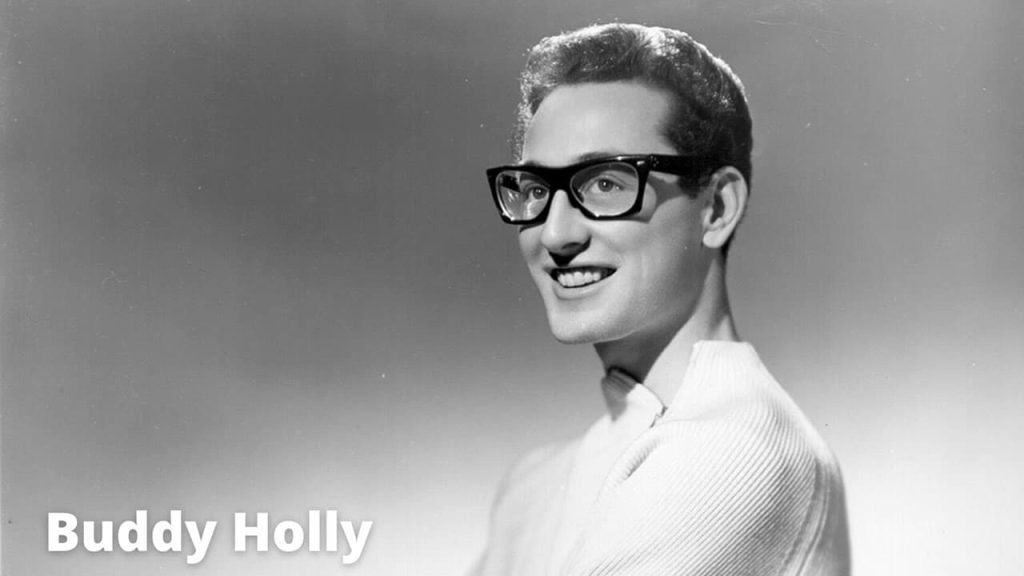
Buddy Holly – “That’ll Be The Day”
“That’ll Be The Day” is a seminal track by Buddy Holly, and its accompanying album holds a special place in the annals of rock and roll history. Released posthumously as Buddy Holly’s second and final studio album, this record showcases the raw talent and innovative spirit of a young artist whose career was tragically cut short. The album, originally recorded in 1956 and released by Decca Records, is an intriguing collection of early Holly tracks that predate his rise to fame with the Crickets. This project is unique not only because of its historical context but also due to its journey from the vaults of Decca to the record players of rock and roll fans around the world.
The recording sessions for this album took place in Nashville’s Bradley Film and Recording Studio in 1956, with Holly laying down tracks during three different sessions in January, July, and November. Despite Holly’s unmistakable talent, these sessions didn’t initially yield the commercial success Decca had hoped for. The first single, “Blue Days, Black Nights” backed with “Love Me,” was released in April 1956, but it failed to make a significant impact on the charts. A second single, “Modern Don Juan” with “You Are My One Desire” on the flip side, was released later that year, also to modest sales. Disappointed, Decca shelved the remaining tracks, seemingly leaving them to gather dust.
However, fate had different plans. Buddy Holly went on to re-record “That’ll Be The Day” with his band, the Crickets, and the track became a massive hit, reaching the top of the charts and solidifying his place as a rock and roll pioneer. Decca, keen to capitalize on Holly’s newfound fame, dusted off those earlier recordings and began releasing them as singles, eventually culminating in the full-length LP “That’ll Be The Day”. This release was a fascinating look back at the early days of Buddy Holly, offering fans a glimpse of his formative years as an artist.
The album’s legacy continued to grow over the years, particularly in the UK where it was re-released in 1961 and reached number 5 on the album charts. This resurgence in popularity speaks to the timeless quality of Holly’s music and the enduring appeal of his sound. The album was reissued again in 1967 under the title “The Great Buddy Holly”, and over time, it has become a rare and coveted piece among collectors, especially in its original pressings.
What makes “That’ll Be The Day” particularly intriguing is not just its place as Buddy Holly’s final studio album, but the way it represents a bridge between his early struggles and later success. The tracks, recorded in short, three-hour sessions, capture the raw, unpolished energy of a young artist on the brink of greatness. The fact that these recordings were initially overlooked only adds to their mystique; they are the sound of Buddy Holly before the world truly knew his name.
In the years following Holly’s untimely death in 1959, these recordings were repackaged several times, with instruments and background vocals being added in later releases, even as late as 1984. Of the various reissues, the mid-1970s British album “The Nashville Sessions” is often regarded as the best of the vinyl editions, offering a clean and authentic listening experience that remains faithful to the original recordings.
“That’ll Be The Day” is more than just a song or an album; it’s a testament to the enduring legacy of Buddy Holly and his impact on the music world. Despite the challenges he faced early in his career, Holly’s talent was undeniable, and this album serves as a reminder of the brilliance that was lost too soon.